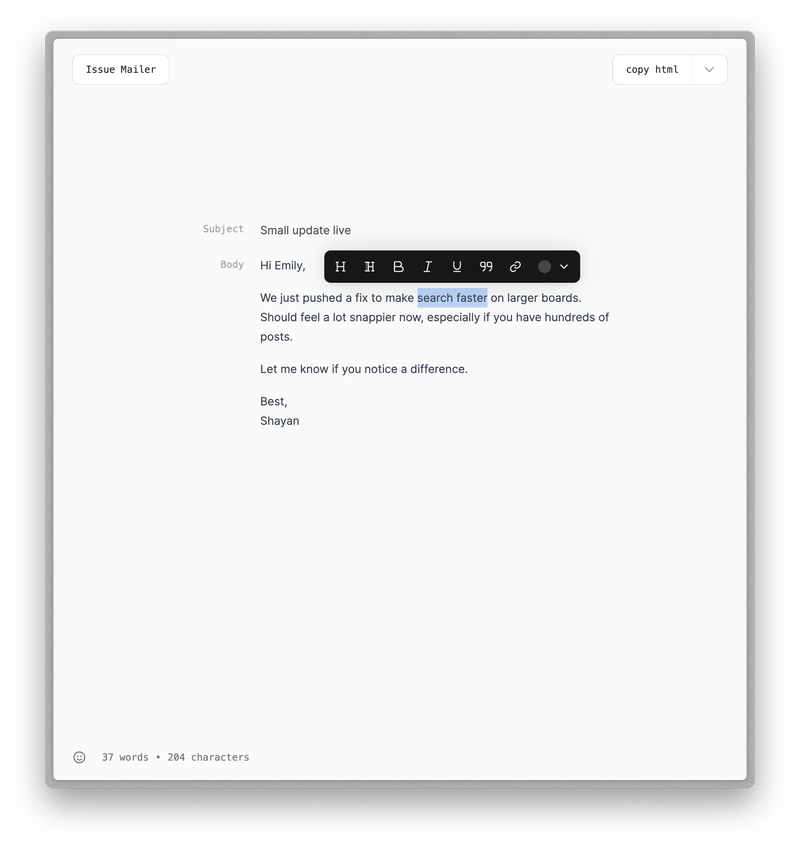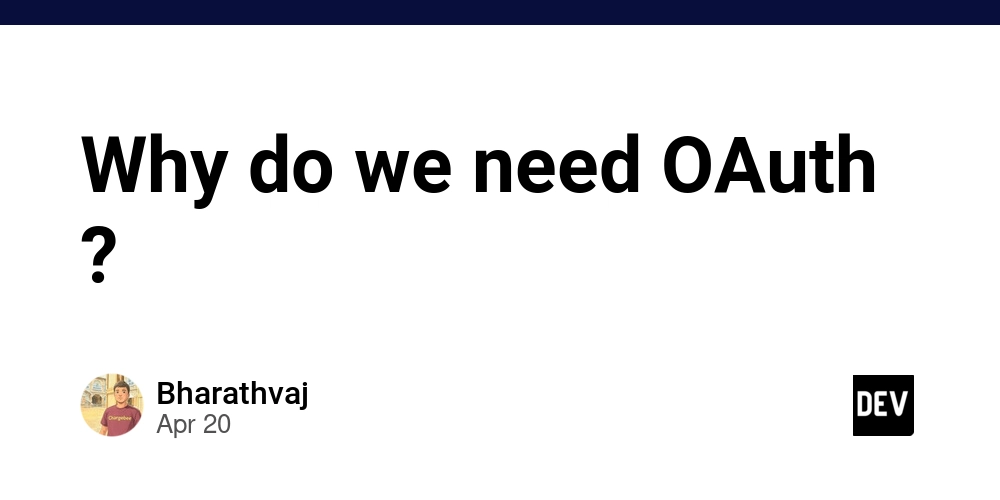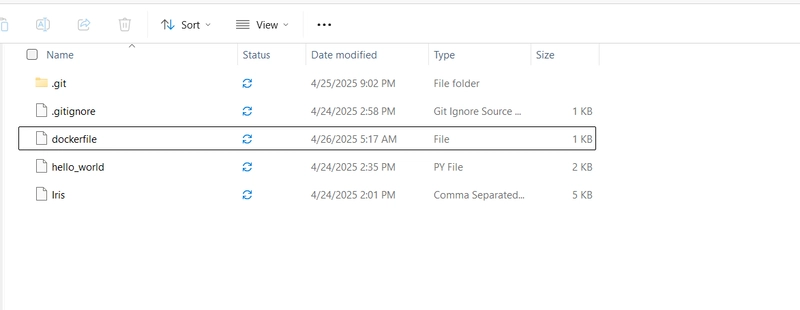Bridging Islands of Innovation: The Quest for Blockchain Interoperability
Abstract Blockchain interoperability is emerging as a key enabler for seamless information flow and enhanced performance across decentralized networks. In this comprehensive post, we explore the evolution, core concepts, use cases, challenges, and future trends of blockchain interoperability. We investigate foundational projects such as Ethereum, Bitcoin, Polkadot, and Cosmos, while incorporating insights from real-world initiatives and related discussions from trusted sources like IBM’s blockchain business processes. This post also includes expert perspectives from various dev communities and provides a detailed table and bullet lists to enhance readability and SEO. Introduction Blockchain technology is reshaping industries by enabling decentralized systems that are secure, transparent, and resilient. Yet, as individual blockchains multiply, the need for interoperability increases. In simple terms, blockchain interoperability means that different blockchain networks can exchange data and value seamlessly. This capability is critical for unlocking the full potential of decentralized innovations. In this post, we will explain how interoperability connects distinct ecosystems and why it has become a conduit for innovation. Our discussion is backed by insights from the original article on blockchain interoperability along with additional research and examples. We have designed this article with technical clarity in mind, ensuring that both developers and business leaders find the content accessible and actionable. Background and Context The Evolution of Blockchain Blockchain started as the backbone technology for Bitcoin, a decentralized digital currency, and has since evolved into a foundation for numerous applications. Today, blockchains host smart contracts, decentralized applications (DApps), and complex financial instruments. However, many blockchain networks operate in isolation. This isolation has resulted in what we call “islands of innovation” – systems that are innovative on their own but lack the ability to communicate with each other. Defining Blockchain Interoperability At its core, blockchain interoperability is the ability of different blockchain networks to communicate, transfer assets, and execute transactions without friction. This means that a smart contract on one platform can trigger actions on a separate blockchain. By allowing different protocols to connect, interoperability fosters collaboration and paves the way for solutions that combine the strengths of multiple blockchains. Ecosystem and Historical Context Historically, blockchains emerged with their own unique protocols, data structures, and consensus mechanisms. As a result, connecting these isolated systems has posed challenges. Pioneers like Ethereum and Bitcoin laid the technical foundation, but their underlying architectures differ. Over time, projects have addressed these gaps by creating solutions such as cross-chain bridges, oracles, and atomic swap methods. Additionally, regulatory frameworks and security concerns have influenced the pace at which interoperability solutions are adopted around the world. Core Concepts and Features Blockchain interoperability is structured around several key concepts: Cross-Chain Bridges Definition: Cross-chain bridges facilitate the transfer of digital assets between blockchain networks safely. Features: Enhanced Utility: Users can transfer tokens or digital assets between disparate networks. Security Protocols: Bridges employ secure protocols that protect data from interception or manipulation. Example Projects: Projects have designed bridges to connect networks like Ethereum and Bitcoin, increasing the utility of both ecosystems. Oracles Definition: Oracles act as data intermediaries that deliver external information to blockchains. Features: Data Consistency: They ensure that smart contracts receive reliable, real-world data. Decentralized Security: Advanced cryptographic techniques and decentralized architectures improve the reliability of the information provided. Importance: Oracles are essential for DApps that require data beyond the blockchain (“off-chain data”) and ensure seamless communication between networks. Atomic Swaps Definition: Atomic swaps enable peer-to-peer trading between blockchains without the need for centralized exchanges. Features: Security: Utilizing protocols like Hash Time-Locked Contracts (HTLCs), atomic swaps ensure that exchanges occur only if all conditions are met. Efficiency: They streamline trading by eliminating intermediaries and reducing the associated transaction fees. Examples: A typical atomic swap might occur between Bitcoin and Ethereum users, allowing value transfer in a trustless environment. Interoperability Platforms Projects such as Polkadot and Cosmos have created frameworks dedicat
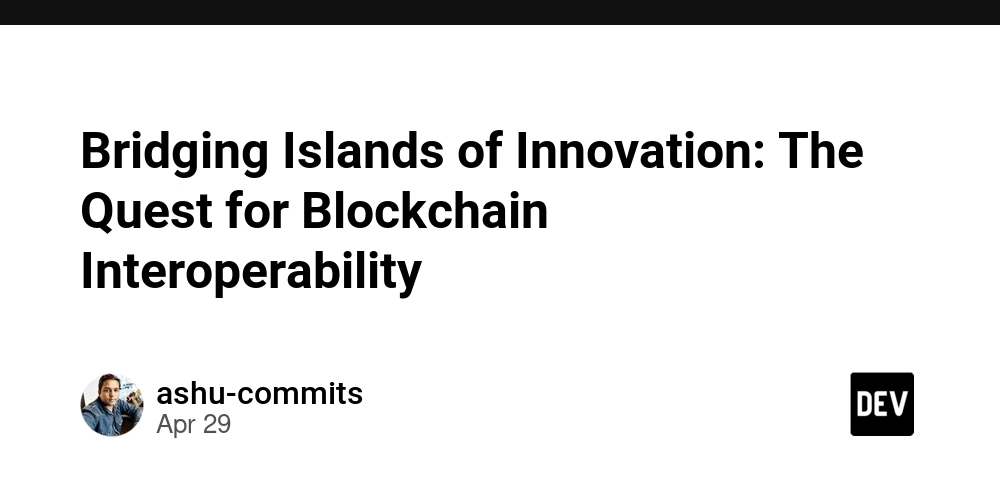
Abstract
Blockchain interoperability is emerging as a key enabler for seamless information flow and enhanced performance across decentralized networks. In this comprehensive post, we explore the evolution, core concepts, use cases, challenges, and future trends of blockchain interoperability. We investigate foundational projects such as Ethereum, Bitcoin, Polkadot, and Cosmos, while incorporating insights from real-world initiatives and related discussions from trusted sources like IBM’s blockchain business processes. This post also includes expert perspectives from various dev communities and provides a detailed table and bullet lists to enhance readability and SEO.
Introduction
Blockchain technology is reshaping industries by enabling decentralized systems that are secure, transparent, and resilient. Yet, as individual blockchains multiply, the need for interoperability increases. In simple terms, blockchain interoperability means that different blockchain networks can exchange data and value seamlessly. This capability is critical for unlocking the full potential of decentralized innovations.
In this post, we will explain how interoperability connects distinct ecosystems and why it has become a conduit for innovation. Our discussion is backed by insights from the original article on blockchain interoperability along with additional research and examples. We have designed this article with technical clarity in mind, ensuring that both developers and business leaders find the content accessible and actionable.
Background and Context
The Evolution of Blockchain
Blockchain started as the backbone technology for Bitcoin, a decentralized digital currency, and has since evolved into a foundation for numerous applications. Today, blockchains host smart contracts, decentralized applications (DApps), and complex financial instruments. However, many blockchain networks operate in isolation. This isolation has resulted in what we call “islands of innovation” – systems that are innovative on their own but lack the ability to communicate with each other.
Defining Blockchain Interoperability
At its core, blockchain interoperability is the ability of different blockchain networks to communicate, transfer assets, and execute transactions without friction. This means that a smart contract on one platform can trigger actions on a separate blockchain. By allowing different protocols to connect, interoperability fosters collaboration and paves the way for solutions that combine the strengths of multiple blockchains.
Ecosystem and Historical Context
Historically, blockchains emerged with their own unique protocols, data structures, and consensus mechanisms. As a result, connecting these isolated systems has posed challenges. Pioneers like Ethereum and Bitcoin laid the technical foundation, but their underlying architectures differ. Over time, projects have addressed these gaps by creating solutions such as cross-chain bridges, oracles, and atomic swap methods. Additionally, regulatory frameworks and security concerns have influenced the pace at which interoperability solutions are adopted around the world.
Core Concepts and Features
Blockchain interoperability is structured around several key concepts:
Cross-Chain Bridges
Definition: Cross-chain bridges facilitate the transfer of digital assets between blockchain networks safely.
Features:
- Enhanced Utility: Users can transfer tokens or digital assets between disparate networks.
- Security Protocols: Bridges employ secure protocols that protect data from interception or manipulation. Example Projects: Projects have designed bridges to connect networks like Ethereum and Bitcoin, increasing the utility of both ecosystems.
Oracles
Definition: Oracles act as data intermediaries that deliver external information to blockchains.
Features:
- Data Consistency: They ensure that smart contracts receive reliable, real-world data.
- Decentralized Security: Advanced cryptographic techniques and decentralized architectures improve the reliability of the information provided. Importance: Oracles are essential for DApps that require data beyond the blockchain (“off-chain data”) and ensure seamless communication between networks.
Atomic Swaps
Definition: Atomic swaps enable peer-to-peer trading between blockchains without the need for centralized exchanges.
Features:
- Security: Utilizing protocols like Hash Time-Locked Contracts (HTLCs), atomic swaps ensure that exchanges occur only if all conditions are met.
- Efficiency: They streamline trading by eliminating intermediaries and reducing the associated transaction fees. Examples: A typical atomic swap might occur between Bitcoin and Ethereum users, allowing value transfer in a trustless environment.
Interoperability Platforms
Projects such as Polkadot and Cosmos have created frameworks dedicated to interoperability. Their innovation includes:
- Relay Chains and Hubs: These architectures allow multiple blockchains (or parachains/zones) to connect and communicate.
- Scalability: By distributing load across multiple connected chains, these platforms significantly improve scalability.
- Security and Decentralization: They leverage collective security measures to protect data integrity while maintaining decentralized control.
Below is a table summarizing these core interoperability solutions:
| Interoperability Solution | Key Features | Example Projects/Links |
|---|---|---|
| Cross-Chain Bridges | Asset transfer, secure protocols | Bitcoin, Ethereum |
| Oracles | Real-time data injection, consistency | Various oracle providers, integrated in DApps |
| Atomic Swaps | Peer-to-peer trading, HTLC security | Implementations for Bitcoin/Ethereum swaps |
| Interoperability Platforms | Multi-chain connectivity, scalability, security | Polkadot, Cosmos |
Additional Insights: Regulatory and Security Factors
Blockchain interoperability is not only a technical challenge but also involves regulatory and security challenges. Ensuring secure protocols across different systems demands constant evolution of cryptography standards. Moreover, global regulatory frameworks can either promote faster adoption or serve as hurdles to innovation. For example, understanding OECD regulatory guidelines is critical for developers who want to maintain compliance in various jurisdictions.
Applications and Use Cases
Financial Transactions and Decentralized Finance (DeFi)
Interoperability enables cross-network transactions that have fueled the explosive growth of decentralized finance. Traditional financial institutions are keen to observe these developments as blockchain technology integrates with existing systems. In a typical scenario:
- A user might hold Bitcoin assets but want to access DeFi applications built on Ethereum.
- By leveraging cross-chain bridges, the user can seamlessly transfer assets, participate in lending platforms, or execute complex financial instruments.
This kind of cross-network capability improves overall liquidity, enhances utility, and supports scalability while reducing congestion.
Decentralized Applications (DApps)
Developers are increasingly using interoperability platforms to build DApps that function across multiple blockchains. This approach has several benefits:
- Innovation: It unlocks novel services that combine features from different networks, leading to unique user experiences.
- Adoption: As more users participate in ecosystems where blockchains connect seamlessly, network effects boost adoption. Projects like those built on the Ethereum Developer Docs for DApps have explored these designs extensively.
Supply Chain and Data Verification
Blockchain interoperability has found a niche in supply chain management and data verification:
- Data Integrity: Different stakeholders use diverse systems. Interoperability ensures that data, once verified across networks, remains unaltered.
- Transparency: With cross-network verification, businesses and regulators alike benefit from enhanced transparency and trust. For example, integrating blockchain-based supply chain data with traditional systems, as described by IBM blockchain business processes, can reduce fraud and improve efficiency.
Challenges and Limitations
While the potential of blockchain interoperability is immense, several challenges remain:
- Diverse Protocols: Blockchains run on various customized protocols, making integration complex. The lack of standardization means that even if networks can communicate, they must overcome many protocol-specific hurdles.
- Security Concerns: Every bridging mechanism or integration point introduces new security challenges. Protecting data during cross-chain transfers demands innovative security measures.
- Scalability Issues: As more networks connect, ensuring each component scales without compromising performance is a significant technical challenge.
- Regulatory Compliance: Navigating differences among global regulatory frameworks can delay or even hinder interoperability projects.
- Lack of Standards: Many projects work in silos. Without broadly accepted protocols, the ecosystem may face fragmented development efforts.
A bullet list summarizing these challenges includes:
- Complex Integration of Diverse Protocols
- Increased Surface for Security Attacks
- Regulatory Uncertainty Across Jurisdictions
- Scalability Bottlenecks with Growing Network Traffic
- Fragmented Standards in the Blockchain Space
Future Outlook and Innovations
Standardization and Protocol Development
As blockchain adoption grows, industry stakeholders are increasingly calling for common standards. Consensus on interoperability standards will reduce fragmentation and facilitate easier integration. Organizations, including Hyperledger, are leading efforts to streamline these standards.
Enhanced Security Protocols
Emerging security protocols and cryptographic techniques, including quantum-resistant algorithms, promise to strengthen blockchains against new kinds of cyber threats. Innovations in threshold signatures and smPC (Secure Multi-Party Computation) are examples of how the field is addressing existing vulnerabilities.
Integration with Traditional Systems
The strategic integration of blockchain with conventional financial systems is pivotal. For instance, traditional banks are now exploring how to integrate blockchain-powered systems to improve transaction speed and transparency, as discussed in resources such as the Forbes article on traditional banking integration. This trend is likely to continue, bridging the gap between legacy systems and revolutionary blockchain networks.
Community-Driven Developments and Open Source
The sustainability and evolution of interoperability efforts are closely tied to community involvement. Open-source platforms contribute not only to developing interoperable frameworks but also to funding and supporting these innovations. Recent discussions on platforms like Dev.to emphasize the importance of community-driven initiatives in the blockchain space. These movements enhance transparency, collaboration, and rapid innovation.
Real-World Innovations and Case Studies
Let’s consider a couple of detailed examples:
Polkadot’s Relay Chain:
Polkadot’s model connects various parachains through a central relay chain. This arrangement not only improves scalability but also enables enhanced security across connected networks. Developers can build specialized chains (parachains) dedicated to particular functionalities while still benefiting from the overall security of the ecosystem.Cosmos’ Hubs and Zones:
Cosmos uses a network of hubs and zones with its Inter-Blockchain Communication (IBC) protocol. This modular approach allows each blockchain (zone) to maintain its own rules while being connected to the central hub, facilitating seamless token transfers and data exchange between chains.
Community Perspectives and Developer Insights
Communities are an integral part of the blockchain interoperability movement. Recent posts on Dev.to highlight how developers are overcoming funding challenges through grants and community support. Similarly, discussions such as Exploring the Intersection of Cyberwarfare and Open Source License Compliance underscore the need for a collaborative and transparent environment to address technical and regulatory issues.
Many developers are now leveraging interoperability not just for financial applications but also for innovations in digital identity, data sovereignty, and even gaming. For instance, the gaming industry is exploring cross-chain DApps where assets can be transferred seamlessly across different gaming platforms, enhancing user experience and trust.
Table Overview of Interoperability Use Cases
Below is another table outlining key use cases and their benefits:
| Use Case | Benefits | Example Scenario |
|---|---|---|
| Cross-Network Financial Trades | Increased liquidity, reduced fees | Transferring Bitcoin to an Ethereum-based DeFi app |
| Decentralized Data Verification | Improved transparency, enhanced data integrity | Verifying supply chain data across different systems |
| Multi-Chain DApps | Broader user base, innovative experiences | Tokenized gaming assets that work across various platforms |
| Smart Contract Interactions | Seamless operations across platforms | Automated smart contracts that trigger actions on multiple blockchain platforms |
SEO and Network Integration
Integrating with established networks and renowned blockchain projects is critical for improving search engine visibility. The following strategies help optimize this blog post for both readers and search engines:
- Keyword Density: Throughout this post, terms like blockchain interoperability, cross-chain bridges, atomic swaps, oracles, Ethereum and Bitcoin are used frequently (approximately 1-2% density) to reinforce relevance.
- Hyperlink Integration: We have seamlessly embedded hyperlinks such as Ethereum, Bitcoin, and IBM blockchain business processes to ensure users can delve deeper into key topics.
- Metadata and Structured Data: The use of tables, bullet lists, bold formatting for key terms, and italic emphasis throughout the article not only aids human readers in skimming content but also improves parsing by AI and search engine crawlers.
Future Developments and Trends
The horizon for blockchain interoperability is bright and filled with opportunities:
- Quantum-Resistant Security: Future-proofing blockchain security against emerging threats is a growing area of research, making blockchain networks more resilient.
- Expanded Integration with Legacy Systems: As more legacy financial systems integrate blockchain capabilities, interoperability will become a mandatory component in enterprise solutions.
- Community and Funding Innovation: Models such as open-source grants and community-driven funding platforms are likely to become the norm. This is already evident in discussions on Dev.to about open source funding challenges.
- Collaborative Standardization Efforts: Industry consortia and watch groups will drive standardization efforts to harmonize diverse protocols, reducing friction among connected ecosystems.
Summary
Blockchain interoperability is the linchpin for unlocking the full potential of decentralized technologies. By enabling the seamless exchange of data and assets across various networks, interoperability provides a foundation for more robust, scalable, and secure applications. From bridging isolated ecosystems and enhancing the capabilities of financial applications to fostering open-source collaboration and community-driven innovation, the impact of interoperability is far-reaching.
In this post, we:
- Laid out the evolution of blockchain technology and defined the significance of interoperability.
- Reviewed core technological solutions like cross-chain bridges, oracles, atomic swaps, and interoperability platforms such as Polkadot and Cosmos.
- Provided practical examples and use cases from finance, DApps, and supply chain management.
- Discussed the technical challenges—including security, protocol diversity, scalability, and regulatory compliance.
- Looked forward to a future where standardization, community support, and enterprise integration drive innovation.
As the blockchain ecosystem continues to mature, interoperability will be the keystone for collaborative innovation. The ability to bridge isolated islands of innovation will not only drive efficiency but also open new pathways for creative solutions in the digital age.
For further reading, check out our original article on blockchain interoperability and related discussions on platforms like Dev.to. Embracing interoperability is not just a technical challenge—it is the future of collaborative, decentralized innovation.
Stay tuned, keep exploring, and remember that overcoming these challenges today paves the path for a more decentralised and efficient tomorrow.
By aligning technological innovation with robust, secure, and scalable interoperability solutions, we are paving the way for a new era in blockchain evolution and open-source development. With ongoing research, community involvement, and industry collaboration, the quest for blockchain interoperability will continue to shape the future of digital trust and global connectivity.



































































































































































![[The AI Show Episode 145]: OpenAI Releases o3 and o4-mini, AI Is Causing “Quiet Layoffs,” Executive Order on Youth AI Education & GPT-4o’s Controversial Update](https://www.marketingaiinstitute.com/hubfs/ep%20145%20cover.png)















































































































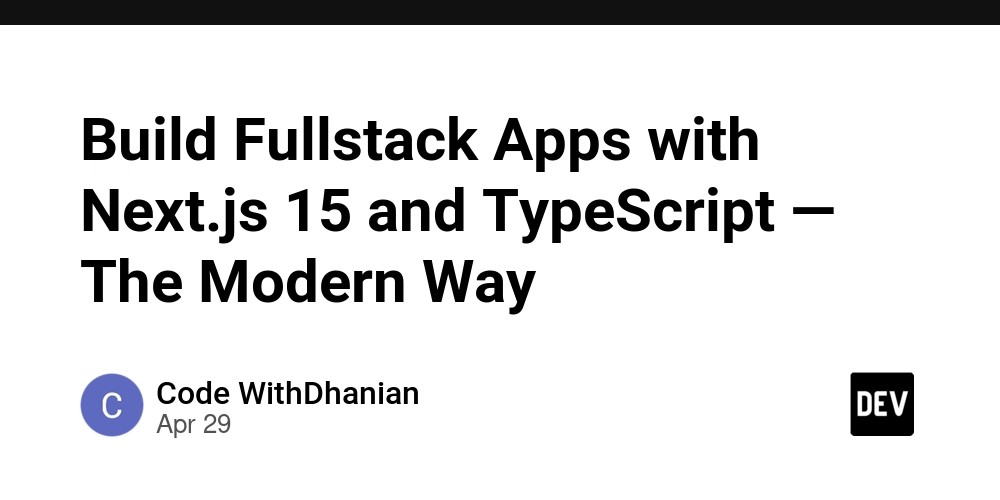































































































































.png?width=1920&height=1920&fit=bounds&quality=70&format=jpg&auto=webp#)






















_Vladimir_Stanisic_Alamy.jpg?width=1280&auto=webp&quality=80&disable=upscale#)













































































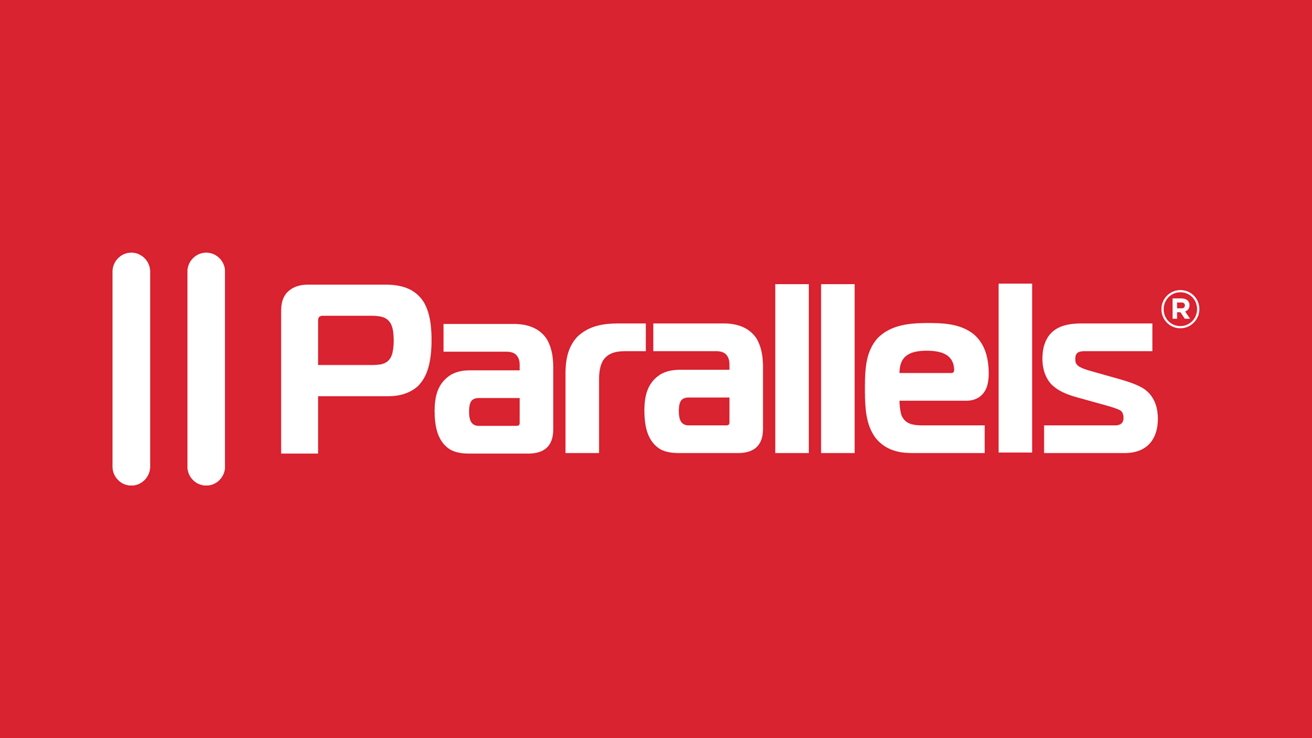





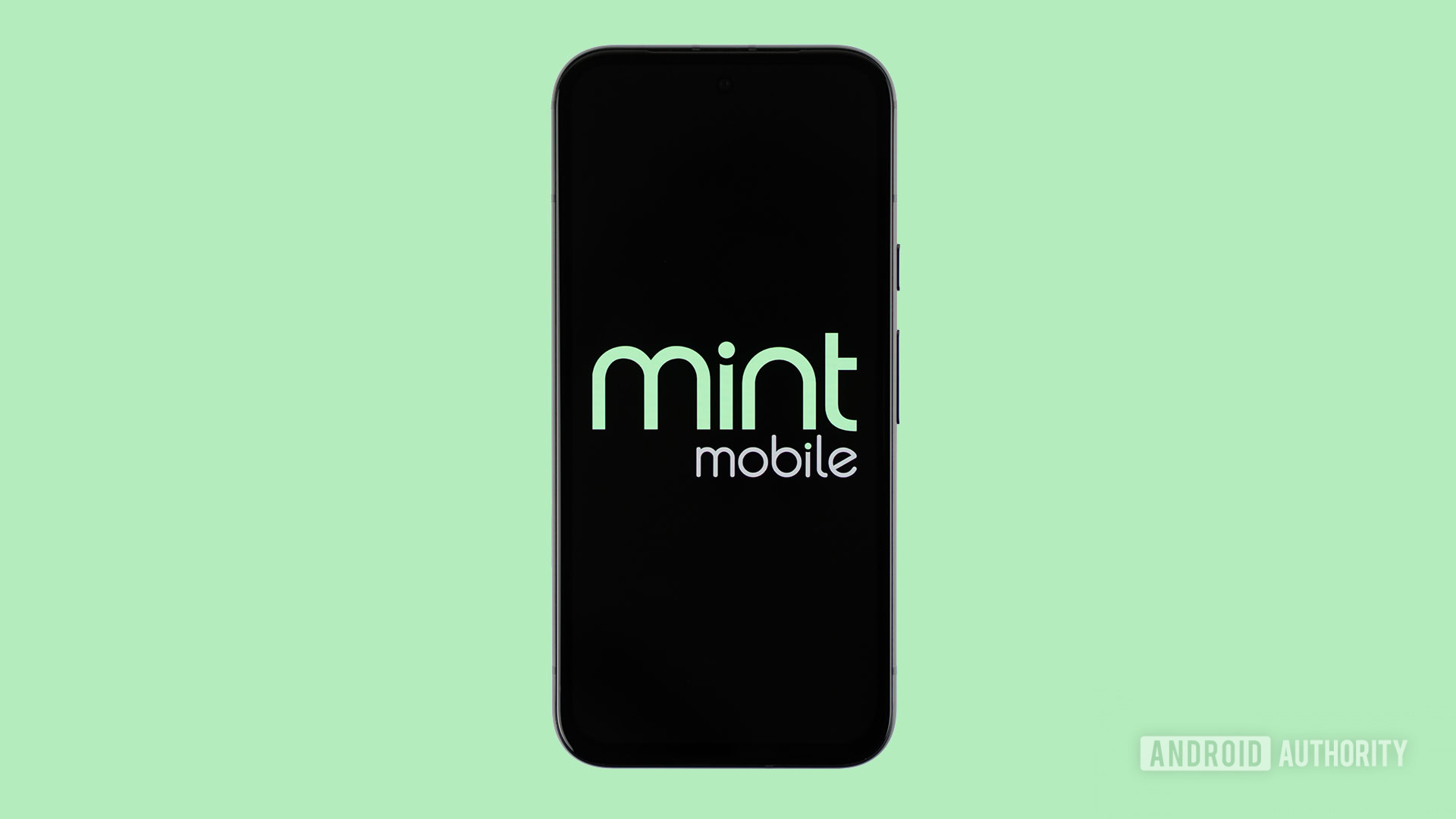
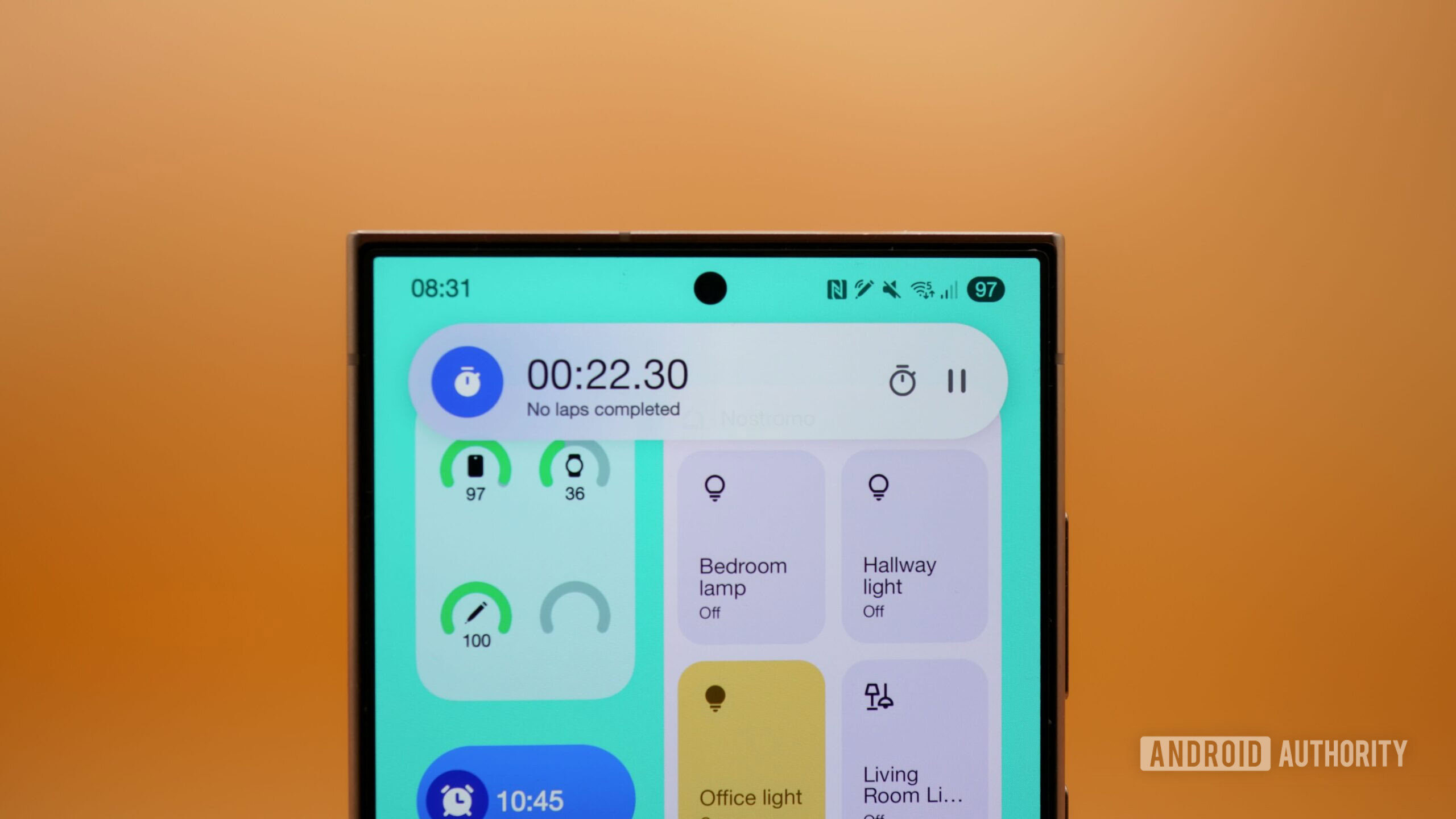
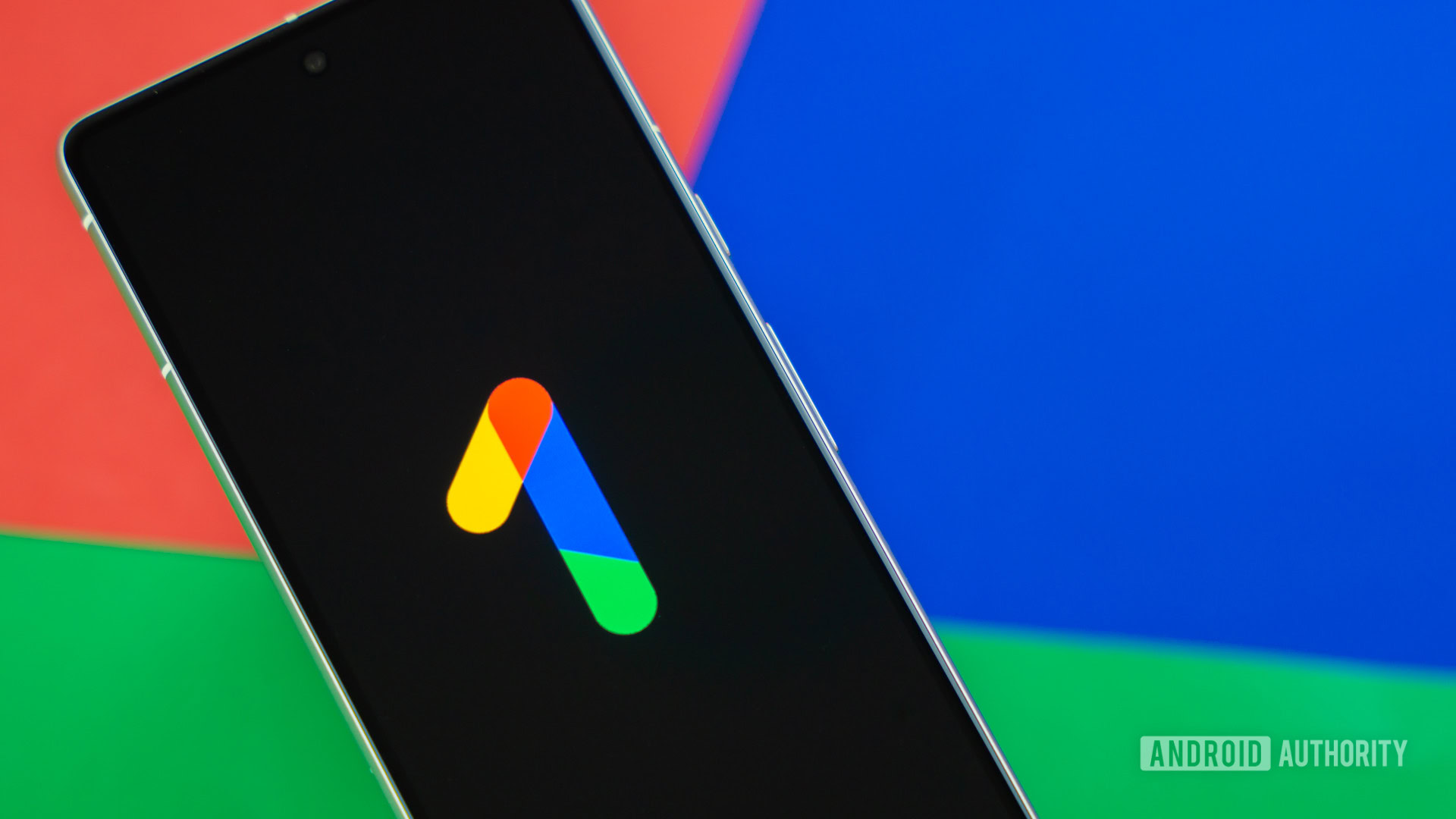

















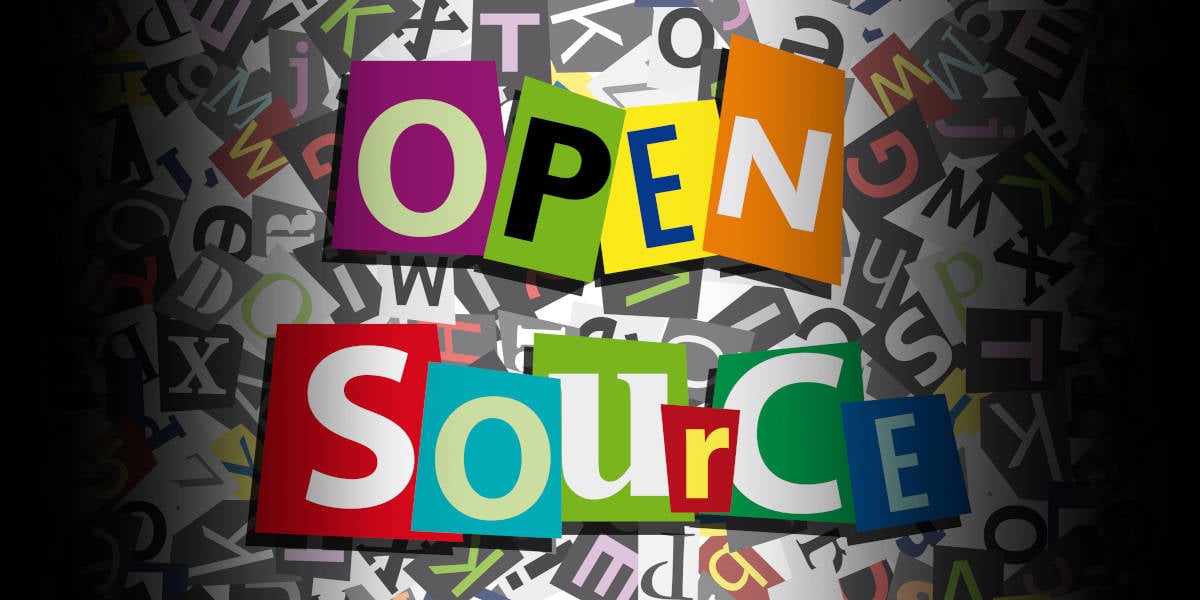
![Standalone Meta AI App Released for iPhone [Download]](https://www.iclarified.com/images/news/97157/97157/97157-640.jpg)

![AirPods Pro 2 With USB-C Back On Sale for Just $169! [Deal]](https://www.iclarified.com/images/news/96315/96315/96315-640.jpg)
![Apple Releases iOS 18.5 Beta 4 and iPadOS 18.5 Beta 4 [Download]](https://www.iclarified.com/images/news/97145/97145/97145-640.jpg)






































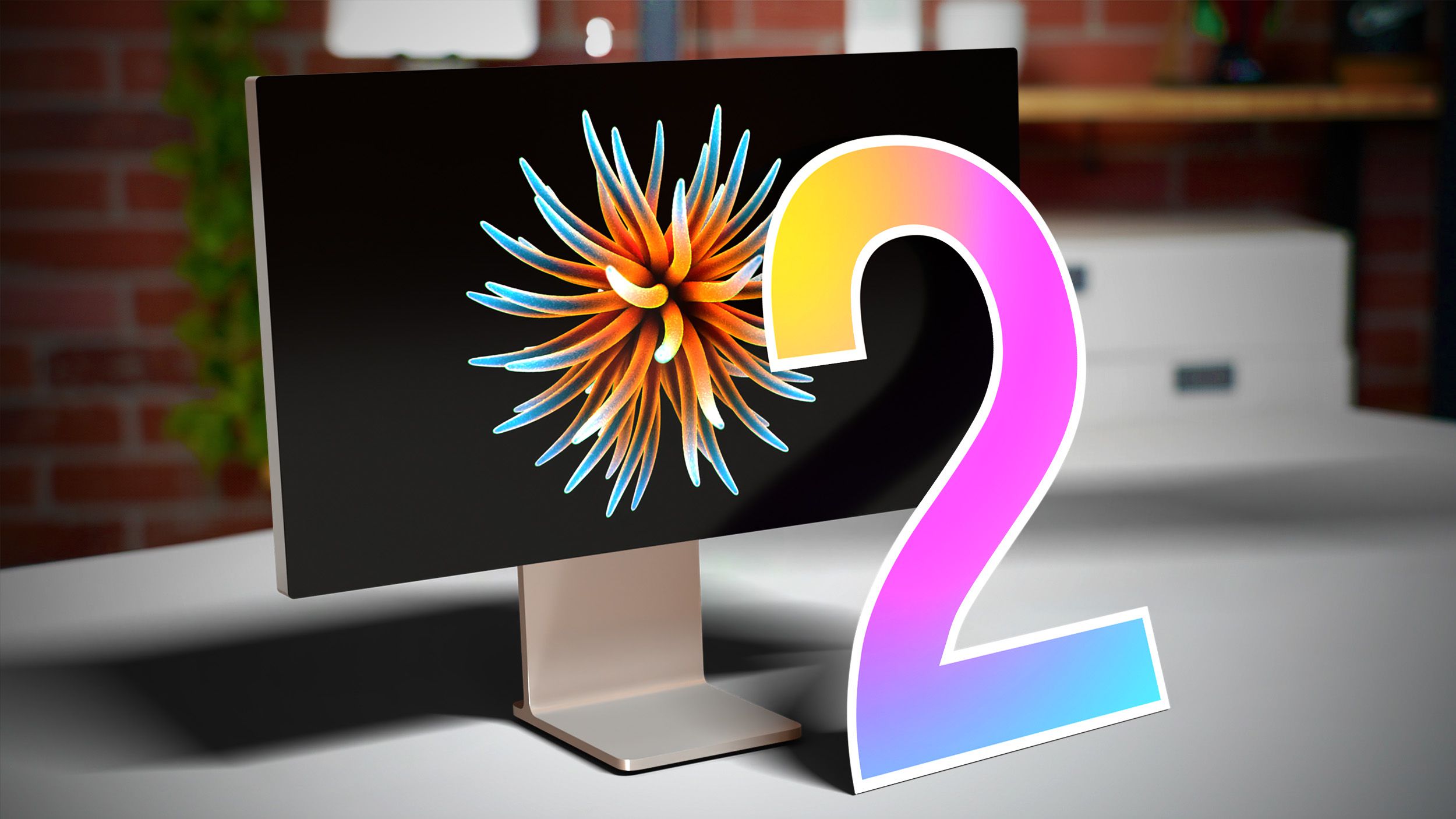








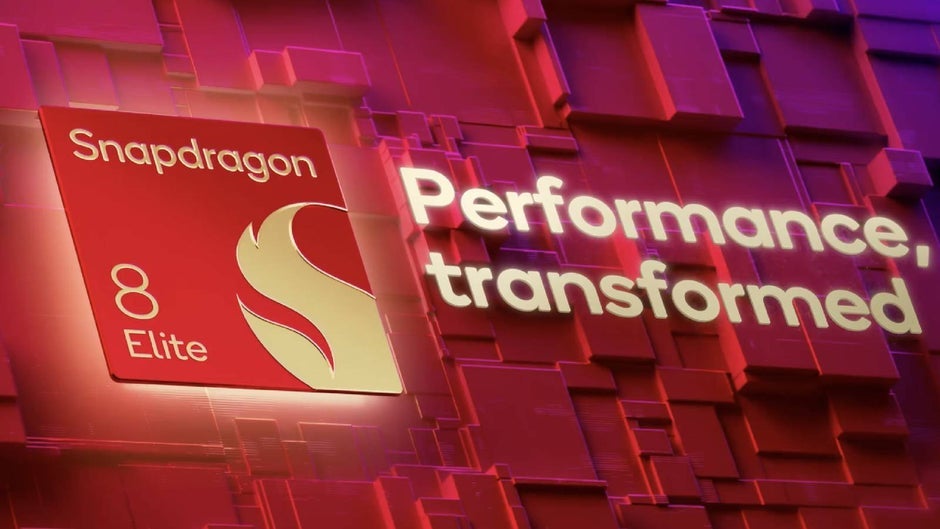
![Did T-Mobile just upgrade your plan again? Not exactly, despite confusing email [UPDATED]](https://m-cdn.phonearena.com/images/article/169902-two/Did-T-Mobile-just-upgrade-your-plan-again-Not-exactly-despite-confusing-email-UPDATED.jpg?#)














































